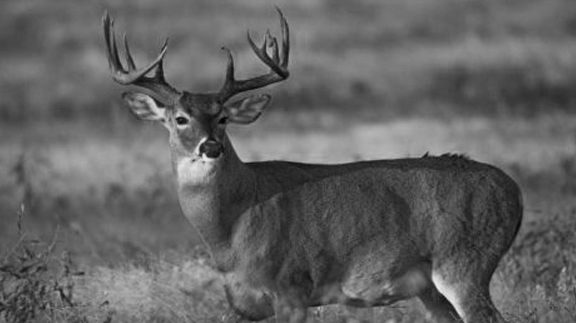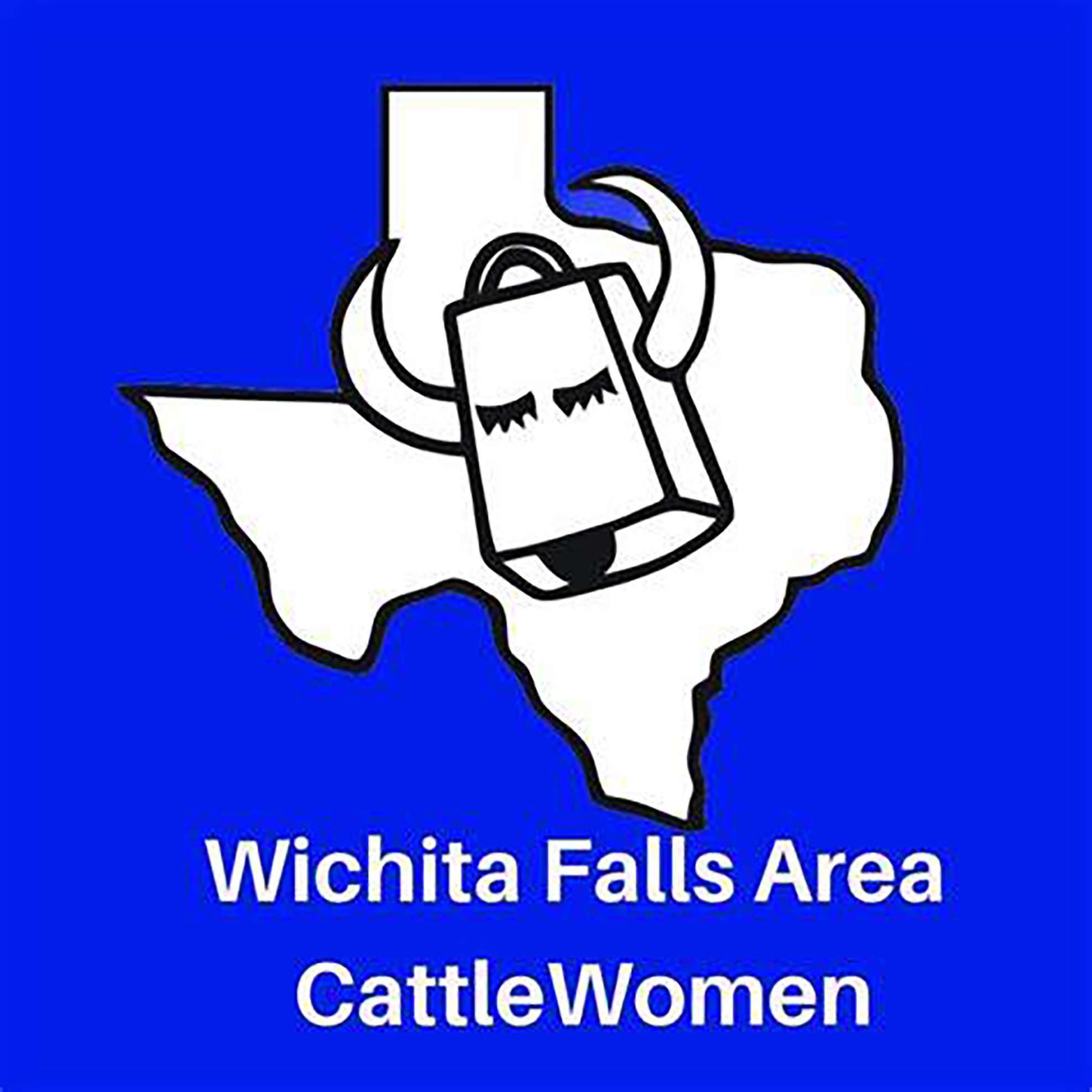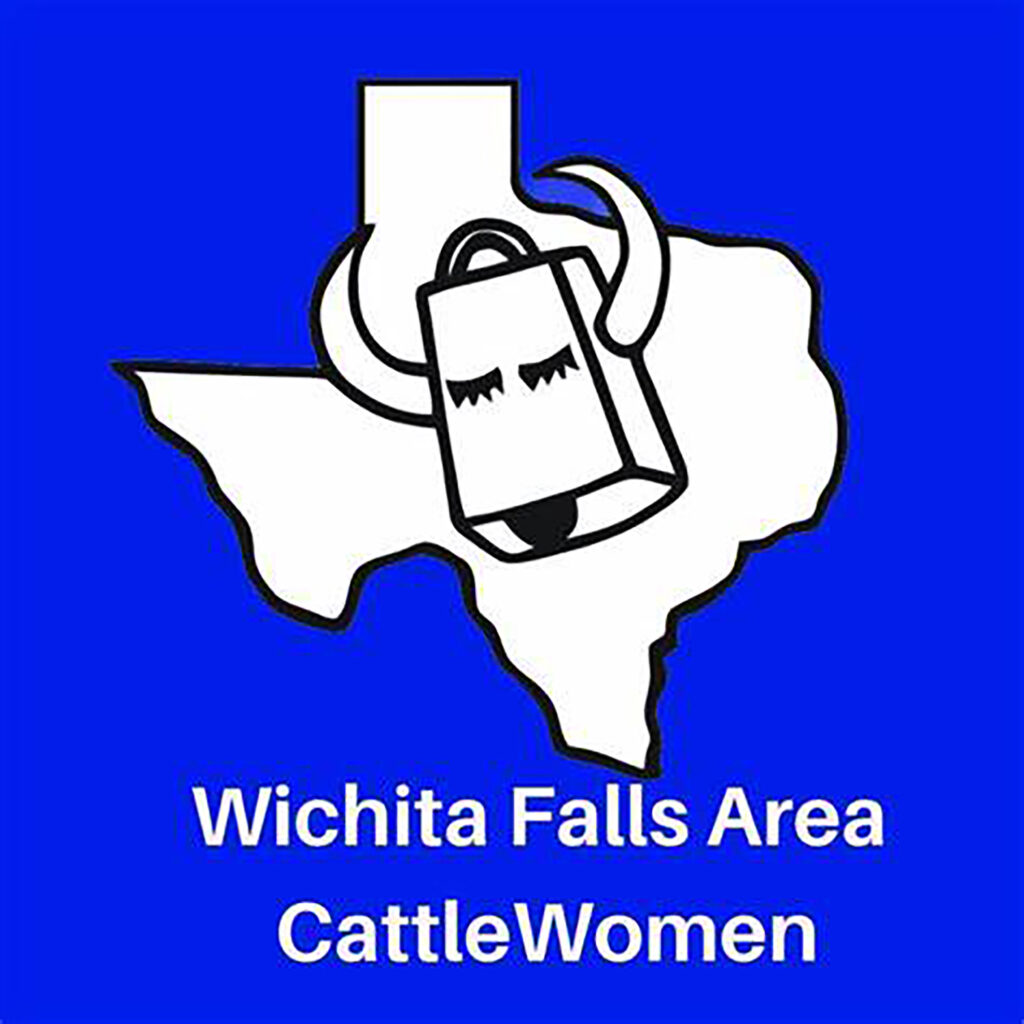HOME
“Wildlife for Lunch” webinar addressing Wildlife Leases to be held February 18th, 2016

February 3, 2016
FOR IMMEDIATE RELEASE
Contact: Clinton Faas, [email protected], 1-800-839-9453
Texas Wildlife Association has teamed with Texas A&M AgriLife Extension to host a series of webinars covering a wide array of wildlife and land management topics. These FREE online webinars are held during the lunch hour (12 p.m. – 1 p.m., CST) so that anyone interested may tune in during the work day. The webinar series provides sound, science-based wildlife management information delivered by experts to you in the comfort of your own home or office.
The next webinar, “Understanding Wildlife Leases”, will be held on Thursday, February 18th, 2016. This month’s expert presenter will be Craig Bowen, Managing Partner, Plateau Land Group. Diversifying revenue production and leveraging outside capital and sweat equity are some of the most enticing reasons to lease a property. We will discuss the most common types of outdoor leases, how they affect the landowner, what is expected of the lessee, and how the two can work together to further the stewardship of our land resources.
How to sign on: On the day of the webinar, simply point your browser to https://texas-wildlife.webex.com and click to join the Wildlife for Lunch webinar or download the WebEx app and watch from your smart phone or tablet. Each web based seminar is fully interactive and allows you to engage the experts, make comments, and ask questions during the course of the presentation.
If you cannot make the live webinar: Each webinar is archived and available for viewing following the initial air date at the Texas Wildlife Association website: www.texas-wildlife.org
For more information: Contact Texas Wildlife Association’s Clinton Faas at [email protected] or 1-800-839-9453
###
HOME
Preparing Spring Gardens

By Hannah Claxton | Editor
The North Texas area is located within USDA Hardiness zones seven and eight. The zones are categorized by predicted low temperatures for winter and timing of the first and last frosts.
Zone seven usually has winter low temps between 0 and 10 degrees F with the average date of the first frost falling between Oct. 29 and Nov. 15 and the average date of the last frost falling between March 22 and April 3.
Overall, these two zones have similar climates and growing conditions, making the options for timing and variety within a garden very similar.
In these zones, cool-season crops should go in the ground in March, meaning that soil preparation should start now.
To read more, pick up a copy of the January edition of North Texas Farm & Ranch magazine, available digitally and in print. To subscribe by mail, call 940-872-5922.

HOME
Equine Vaccinations

By Heather Lloyd
Vaccinations are a critical component of maintaining the health and well-being of horses, especially in environments where they are exposed to other animals, such as in the sport, show and performance arenas. Horses, like all animals, are susceptible to various infectious diseases that can spread quickly and cause serious harm.
A routine vaccination schedule helps prevent the spread of these diseases by preparing the horse’s immune system.
To read more, pick up a copy of the November edition of North Texas Farm & Ranch magazine, available digitally and in print. To subscribe by mail, call 940-872-5922.

HOME
Wichita Falls Area Cattlewomen

Having herds on a controlled breeding schedule means that we have a predictable calving schedule, and while it’s only over a couple of months, for us it does fall right after the start of the year. I lobby annually to call ours the “Winter calving season”, but I am outvoted and my husband still refers to it as Spring. Unlike producers in our Northern States, we don’t have to contend with brutally harsh winter weather, and on those rare times we do, thankfully it is not for extended periods. Regardless of whether you have a Spring or a Fall calving schedule, the health of a newborn calf begins with the mother’s health, and the mother’s health is largely dependent on the producer.
To read more, pick up a copy of the November edition of North Texas Farm & Ranch magazine, available digitally and in print. To subscribe by mail, call 940-872-5922.

-

 Country Lifestyles2 years ago
Country Lifestyles2 years agoScott & Stacey Schumacher: A Growth Mindset
-

 Country Lifestyles8 years ago
Country Lifestyles8 years agoStyle Your Profile – What your style cowboy hat says about you and new trends in 2017
-

 HOME8 years ago
HOME8 years agoGrazing North Texas – Wilman Lovegrass
-

 Outdoor10 years ago
Outdoor10 years agoButtercup or Primrose?
-

 Country Lifestyles5 years ago
Country Lifestyles5 years agoAmber Crawford, Breakaway Roper
-

 Equine1 year ago
Equine1 year agoThe Will to Win
-

 Country Lifestyles9 years ago
Country Lifestyles9 years agoJune 2016 Profile – The man behind the mic: Bob Tallman
-

 Country Lifestyles8 years ago
Country Lifestyles8 years agoDecember 2016 Profile, Rusty Riddle – The Riddle Way




